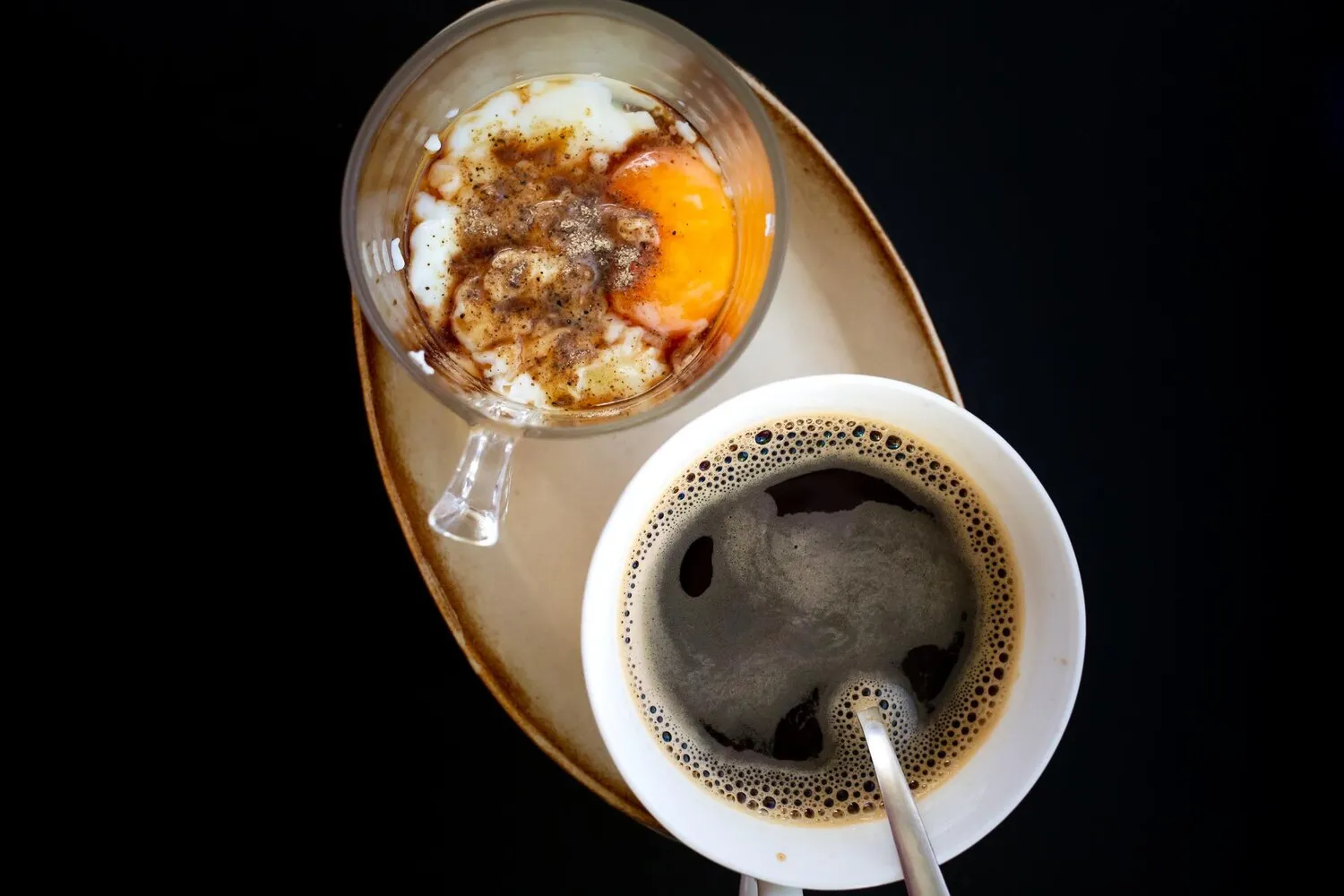
Hot Coffee
A warm and comforting coffee beverage.
Nutrition Facts
* The % Daily Value (DV) tells you how much a nutrient in a serving of food contributes to a daily diet. 2,000 calories a day is used for general nutrition advice.
Coffee's origins trace back to Ethiopia, where it was discovered and used for its energizing effects. Its spread was gradual, initially confined to the Arabian Peninsula before gaining global popularity. The method of brewing and consuming hot coffee has evolved over centuries, influenced by various cultures and technological advancements.
Hot coffee holds significant cultural importance worldwide, acting as a social lubricant, a morning ritual, and a symbol of hospitality.
Social Gathering
In many cultures, sharing a cup of coffee is a common way to socialize and build relationships. Coffee shops serve as central meeting points for friends, colleagues, and communities.
Morning Ritual
For many, hot coffee is an essential part of the morning routine, providing a boost of energy and a sense of focus to start the day.
Hospitality
Offering a guest a cup of coffee is often considered a gesture of hospitality and welcome in numerous cultures.
Workplace Culture
Coffee breaks are common in workplaces to foster collaboration and allow employees to recharge.
The flavor profile of hot coffee is complex and diverse, ranging from bright and acidic to rich and chocolatey, depending on the beans and brewing method.
The main flavors in hot coffee stem from the roasted coffee beans themselves. These beans contain a wide array of aromatic compounds that contribute to flavors such as nutty, chocolatey, fruity, floral, and spicy. Bitterness is a common element, influenced by the degree of roast and brewing time. Added ingredients like milk, sugar, cream, or spices (cinnamon, nutmeg) significantly alter the flavor profile, adding sweetness, richness, and additional aromatic nuances.
Bean Storage
Store coffee beans in an airtight container in a cool, dark place to maintain freshness and prevent oxidation. Avoid storing beans in the refrigerator or freezer, as condensation can affect the flavor.
Water Quality
Use filtered water for brewing, as tap water can contain minerals and impurities that negatively impact the taste of the coffee.
Grind Size
Adjust the grind size according to your brewing method. A coarser grind is suitable for French presses, while a finer grind is better for espresso machines.
Temperature
The ideal water temperature for brewing coffee is between 195-205°F (90-96°C). Using water that is too hot can result in a bitter taste, while water that is too cold can lead to underextraction.
Milk Frothing
If adding milk, properly frothing or steaming it will make it more creamy, tasteful and have a silkier mouthfeel.
Explore additional Coffee dishes and restaurants
Explore CoffeeDiscover top dining spots and culinary experiences in Garland.
Explore GarlandLearn more about the food culture, restaurant scene, and culinary heritage of United States.
Explore United States